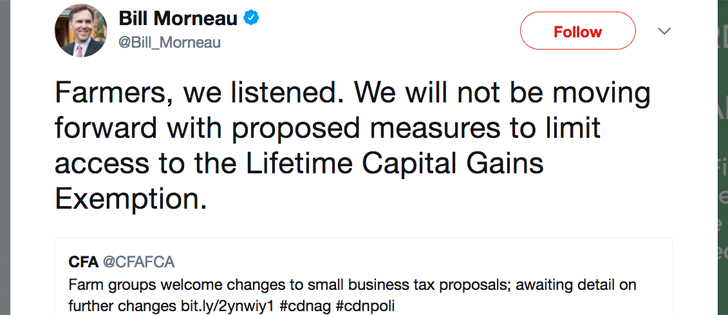Sometimes a market goes bonkers, and that’s what has happened with lentils.
Negative consequences are in-evitable whenever craziness ensues, and it will be no different with this bit of insanity.
Sky-high record prices are certainly a good news story for producers lucky enough to sell into this rapidly rising market, but observers are speculating on the potential downside in the months and years ahead.
Red lentils were a good price at harvest time, selling off the combine for around 35 cents a pound. Now they are 55 cents or more, which equates to an extra $12 a bu.
Read Also

Kochia has become a significant problem for Prairie farmers
As you travel through southern Saskatchewan and Alberta, particularly in areas challenged by dry growing conditions, the magnitude of the kochia problem is easy to see.
Top quality large green lentils were selling for around 40 cents a lb. off the combine, and some buyers are now reportedly paying 70 cents, which is an $18 a bu. increase in about four months.
Farmers who grew a really good crop of lentils and had the foresight/luck to hold them until re-cently could have grossed $1,000 or maybe even $1,500 an acre.
Of course, few will have reached those lofty returns. Stories abound of could have, should have, would have from producers who wish they could have grown a bigger crop and wouldn’t have sold it so soon.
Analysts attribute most of the price strength to dry conditions in India, which have stoked the de-mand for lentil imports. A chunk of the price strength also comes from the weakening Canadian dollar.
New crop contract prices were available in the early fall, months ahead of the normal time, and those prices have also ratcheted up to record levels. Prices of 40 cents a lb. on the first 10 bu. per acre have been available with an act of God clause in the contract.
This makes lentils the stand-out winner in 2016 cropping options. Some producers who have never grown lentils want to try their luck, and price contracts are being signed with farms in such unlikely locations as Prince Albert, Sask., and Winnipeg.
New crop red lentil prices have retracted a bit lately, and some buyers have withdrawn from the market. They’ve filled their contracting needs even before the time when new crop contracts are usually just being initiated.
This overheated market will produce losers as well as winners.
There’s a reason why lentils aren’t grown in higher moisture regions. Farmers in those regions might grow a decent crop if they have drier and warmer weather than normal in 2016. Otherwise, there could be huge crop failures.
Producers in areas where lentils are normally grown will be pushing their rotation so that they can seed as many acres as possible, and that could result in disease issues. In some cases, producers are rolling the dice and seeding their entire farm to lentils.
Will you be able to sell 2016 lentils if you don’t have a contract, and what will the price be if acreage and production are as high as anticipated? Producers in many other parts of the world are also excited to cash in, so international competition will likely increase.
What will happen with negotiated sales with buyers in far-away countries when the price inevitably falls? Lentil marketers would seem to be facing a lot of risk.
Analysts say the cure for high prices is high prices. Overproduction typically leads to a number of years of depressed returns.
Lentils are hot, and that probably means someone is going to get burned.















